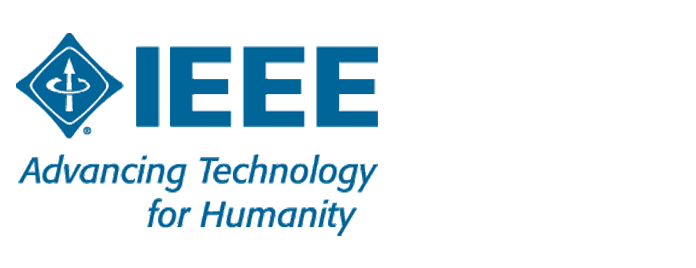Standard for Testing Specification of Blockchain Systems
This standard defines definitions, types, test specifications, test methods and test processes for blockchain systems. Test contents are included for each type of test. This standard also defines the test architecture of blockchain systems, including but not limited to functional testing, performance testing, security testing, stability testing, and compliance testing.

IEEE P3214
https://standards.ieee.org/project/3214.html